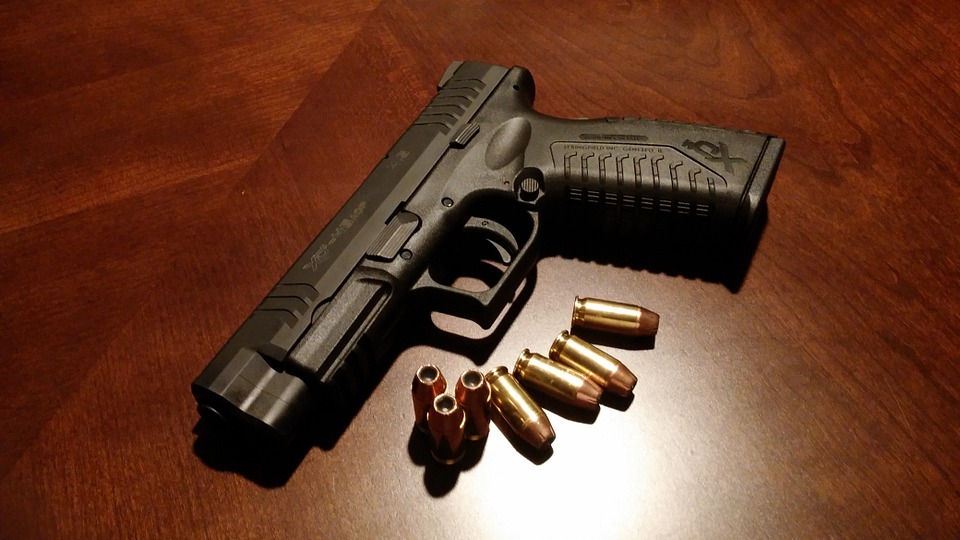
The ATF stands for Bureau of Alcohol, Tobacco, Firearms and Explosives. Just as it sounds, the ATF is a bureau in the United States of America that regulates everything about firearms, tobacco, alcohol, and explosives.
One of the main concerns that the Bureau involves itself with is the fight against violence involving guns and ammunition. Their goal in reducing gun related crimes is to go after and charge criminals who use firearms that are unlicensed or illegally transported.
How does the ATF follow guns?
The tracing of firearms is among the biggest responsibilities of the ATF. It is done through the Comprehensive Crime Gun Tracing Initiative. Through this initiative and with the Bureau’s National Integrated Ballistic Identification Network (“NIBIN”), the ATF support local and state criminal investigators. The Bureau has received several hundred thousand requests for gun tracing, even including international inquiries.
One of the ATF’s gun-following programs is called the Youth Crime Gun Interdiction Initiative. Enacted in 1996 by President Bill Clinton, this program resulted in a wider trace of firearms that were retrieved by other law enforcement agencies. As of 1997, 17 cities across the US participated. By 2000, 50 cities participated.
The goal of the YCGII program was to identify what guns are most often recovered by law enforcement. Data was also compiled about what types of crimes were most often committed by which types of guns, and how guns get evolve from licensed ownership to being used in a crime.
Back to All Posts